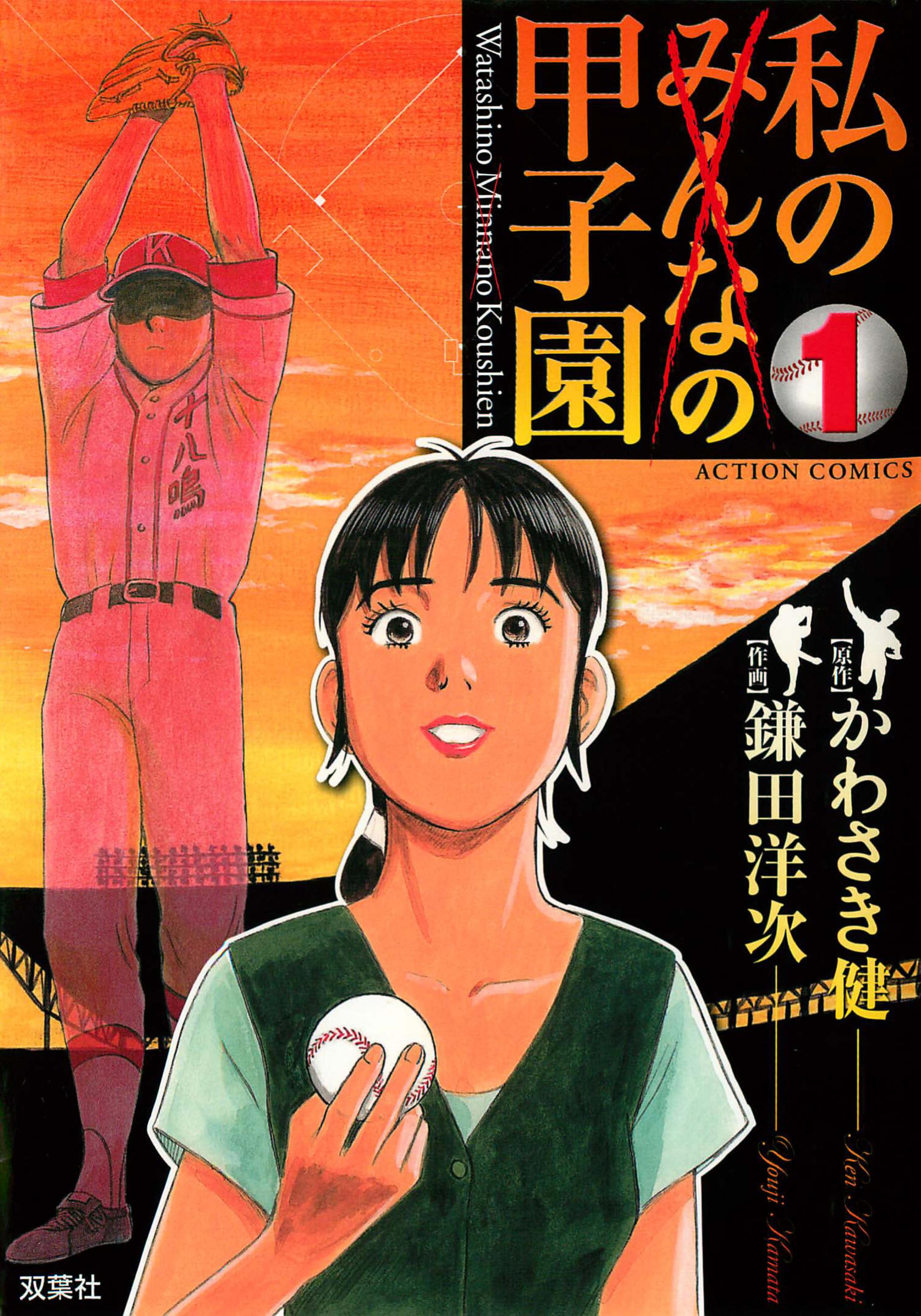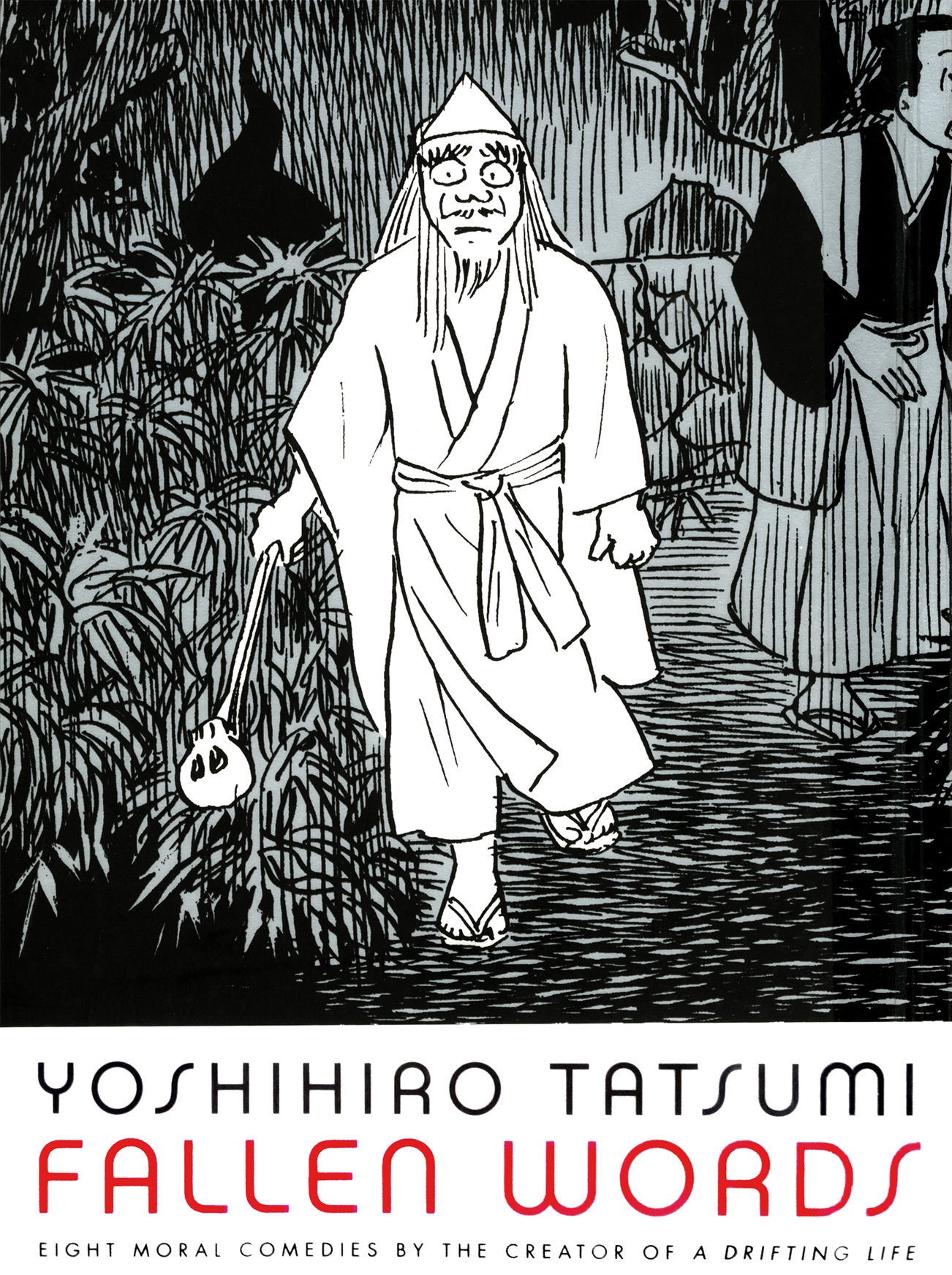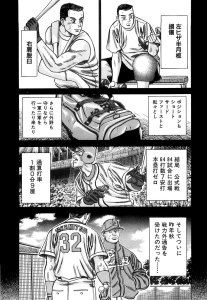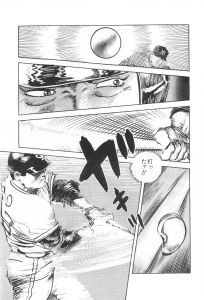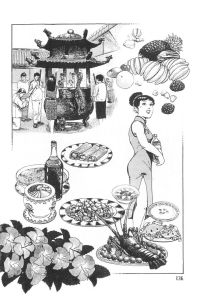As you can see from the cover, the title is actually Watashi no Minna no Koshien (私のみんなの甲子園), i.e. Our My Koshien. The main character (?) is putting the “I” back in team by whipping a reluctant team of misfits back into shape to fulfill her dream of taking her school team back to Koshien once again.
It’s like this: Shihono Wataya was the manager of a high school baseball team that made it to Koshien once. After being eliminated they all swore to make it back there again but never did. At some point in time the team pitcher and ace (and Shinono’s boyfriend?) died. 10 years later Shihono gets her hands on a baseball that contains the ghost of the dead pitcher. This prompts her to become a substitute PE teacher at her old school + the baseball club’s coach. Said baseball club has really gone to seed, so it’s her job to get them fired up and ready to go again.
…Which she achieves rather easily in a few short chapters. Though I guess it shouldn’t be too surprising – anyone who would join a baseball team in the first place is at least moderately interested in playing the sport, Even their new pitcher Kouhei, who moved from Tokyo out to the boonies because he was allergic to the word “Koshien” (it’s a long story) gets with the program really quickly. As with most manga pitchers he’s also a highly-talented diamond in the rough who just needed a bit of molding.
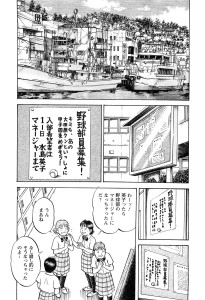 Watashi no Koshien Volume 1
Watashi no Koshien Volume 1 ends with our plucky team being suddenly thrown into a match with the best team in the prefecture, another staple of high school baseball manga, for those of you who follow it. And if I know my baseball manga I can predict how that game is going to go, but it’s still fun to watch it play out. Shihono is a complete amateur at coaching baseball, most of the players aren’t very good, and one of them was borrowed from the Handicraft club to make up the full 9, so we can expect a lot of silliness before the game is over.
So far the team of Ken Kawasaki (author) and Youji Kamada (artist) are doing a good job of making both the story and the action simple and easy to follow. The art and character designs are very well done, very “seinen-looking” a term that probably only makes sense to me, but it’s a style that makes me think immediately of dramatic seinen manga whenever I see it. I may have read something else by Kamada before. The only thing I can fault him for is that his backgrounds are a bit flat, as the page I posted shows, but since sports manga is more about what goes on in the foreground between characters I guess we can let it slide.
The cast is small, characters who should stand out do stand out (catcher, pitcher, two others) and the rest are clearly relegated to nameless fodder so we don’t waste brain power trying to remember their names. Contrast that to something like Big Windup! where it took nearly the whole show (season 2 included) to learn who was who.
It’s only volume 1 of 5, so it can be forgiven for being a little sparse on content as well. No great rival has shown up, no real problems have cropped up, everyone’s working hard and getting along nicely. So there isn’t much to say about Watashi no Koshien at this point except it has nice art and the story seems quite promising. Will the team make it Koshien where so many other baseball manga teams have failed? I will find out and tell you in due season.
